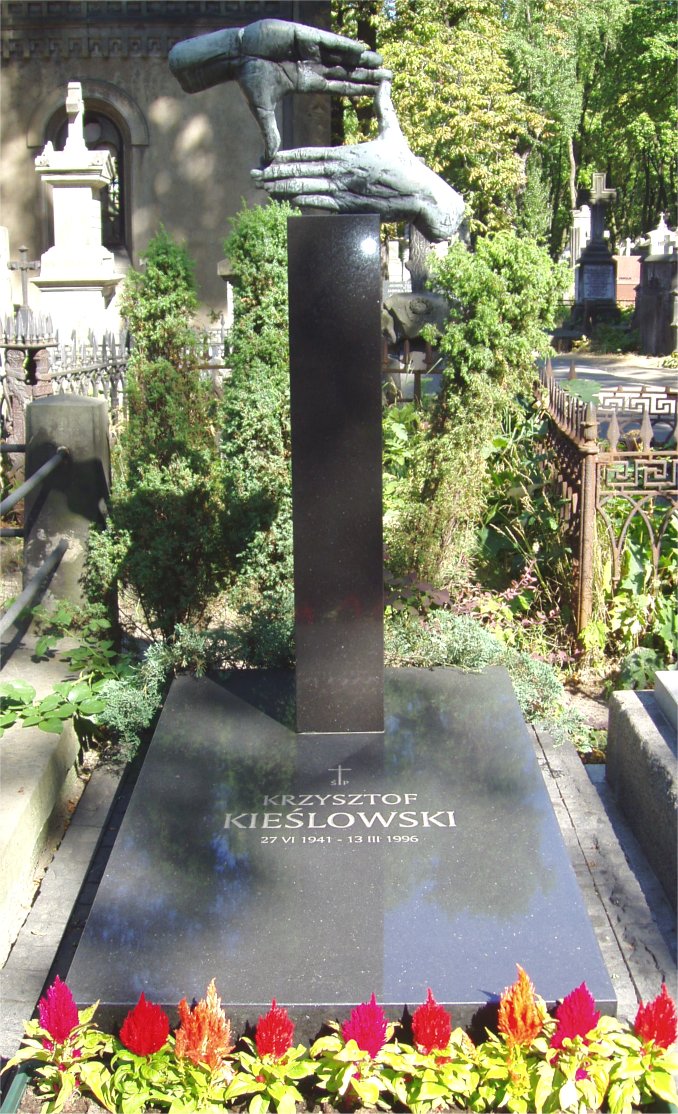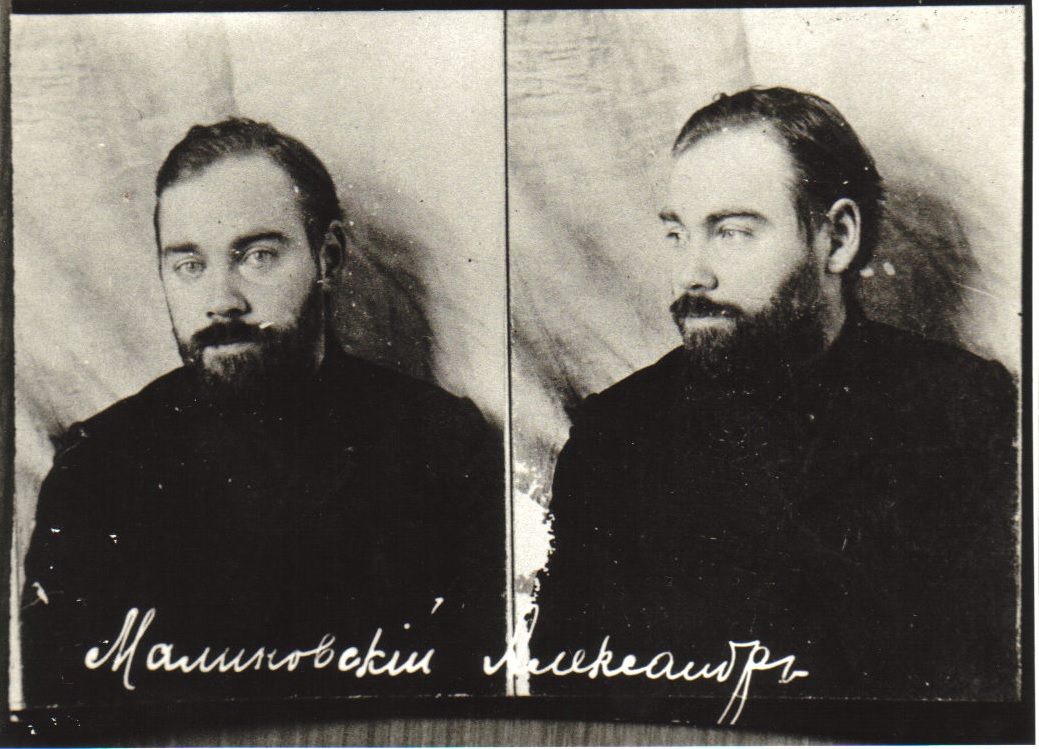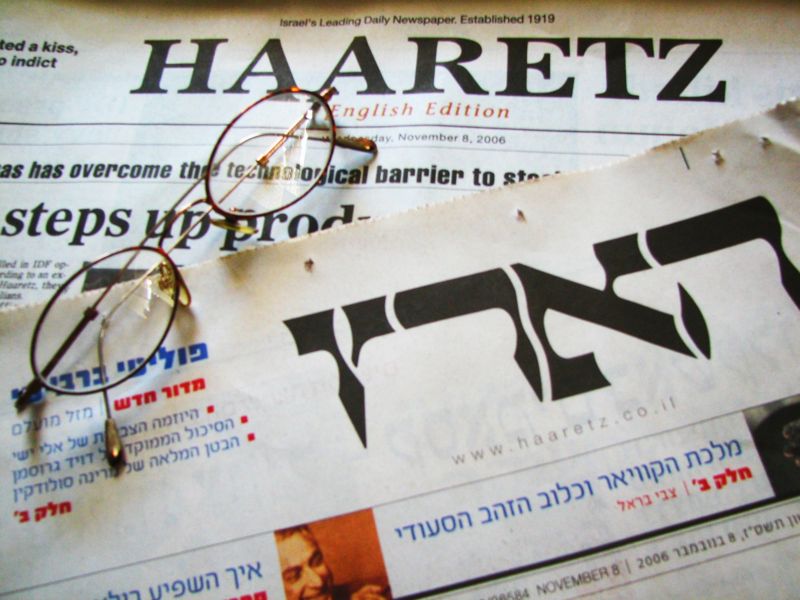|
Rue Mouffetard, Paris
Rue Mouffetard () is a street in the 5th arrondissement of Paris, France. Description Rue Mouffetard is one of Paris's oldest and liveliest neighbourhoods. These days the area has many restaurants, shops, and cafés, and a regular open market. It is centered on the Place de la Contrescarpe, at the junction of Rue Mouffetard and Rue Lacépède. Its southern terminus is at Square Saint-Médard where there is a permanent open-air market. At its northern terminus, it becomes Rue Descartes at the crossing of Rue Thouin. It is closed to normal motor traffic much of the week, and is predominantly a pedestrian street. Name origin Rue Mouffetard runs along a flank of the Montagne Sainte-Geneviève, which was called the ''Mont Cétarius'' or ''Mont Cetardus'' from Roman times; many historians consider "Mouffetard" to be a derivation of this early name. Over the centuries, Rue Mouffetard has appeared as ''Rue Montfétard'', ''Maufetard'', ''Mofetard'', ''Moufetard'', ''Mouflard'', ''Moufeta ... [...More Info...] [...Related Items...] OR: [Wikipedia] [Google] [Baidu] |
5th Arrondissement Of Paris
The 5th arrondissement of Paris (''Ve arrondissement'') is one of the 20 Arrondissements of Paris, arrondissements of Paris, the capital city of France. In spoken French, this arrondissement is referred to as ''le cinquième''. The arrondissement, also known as Panthéon, is situated on the Rive Gauche of the Seine, River Seine. It is one of the capital's central arrondissements. The arrondissement is notable for being the location of the Latin Quarter, Paris, Latin Quarter, a district dominated by universities, colleges, and prestigious high schools since the 12th century when the University of Paris was created. It is also home to the National Museum of Natural History, France, National Museum of Natural History and Jardin des plantes in its eastern part. The 5th arrondissement is also one of the oldest districts of the city, dating back to Ancient history, ancient times. Traces of the area's past survive in such sites as the Arènes de Lutèce, a Ancient Rome, Roman amphithea ... [...More Info...] [...Related Items...] OR: [Wikipedia] [Google] [Baidu] |
Denis Diderot
Denis Diderot (; ; 5 October 171331 July 1784) was a French philosopher, art critic, and writer, best known for serving as co-founder, chief editor, and contributor to the along with Jean le Rond d'Alembert. He was a prominent figure during the Age of Enlightenment. Diderot initially studied philosophy at a Society of Jesus, Jesuit college, then considered working in the church clergy before briefly studying law. When he decided to become a writer in 1734, his father disowned him. He lived a Bohemianism, bohemian existence for the next decade. In the 1740s he wrote many of his best-known works in both fiction and non-fiction, including the 1748 novel ''The Indiscreet Jewels, Les Bijoux indiscrets'' (The Indiscreet Jewels). In 1751 Diderot co-created the ''Encyclopédie'' with Jean le Rond d'Alembert. It was the first encyclopedia to include contributions from many named contributors and the first to describe the mechanical arts. Its secular tone, which included articles skepti ... [...More Info...] [...Related Items...] OR: [Wikipedia] [Google] [Baidu] |
Krzysztof Kieślowski
Krzysztof Kieślowski (, 27 June 1941 – 14 March 1996) was a Polish film director and screenwriter. He is known internationally for ''Dekalog'' (1989), ''The Double Life of Veronique'' (1991), and the Three Colours trilogy, ''Three Colours'' trilogy (1993–1994).Stok 1993, p. xiii. Kieślowski received numerous awards during his career, including the Cannes Film Festival Jury Prize (Cannes Film Festival), Jury Prize (1988), International Federation of Film Critics, FIPRESCI Prize (1988, 1991), and Prize of the Ecumenical Jury (1991), the Venice Film Festival FIPRESCI Prize (1989), Golden Lion (1993), and SIGNIS, OCIC Award (1993), and the Berlin International Film Festival Silver Bear for Best Director, Silver Bear (1994). In 1995, he received Academy Awards, Academy Award nominations for Academy Award for Best Director, Best Director and Academy Award for Best Original Screenplay, Best Original Screenplay. In 2002, Kieślowski was listed at number two on the British Film Inst ... [...More Info...] [...Related Items...] OR: [Wikipedia] [Google] [Baidu] |
Ernest Hemingway
Ernest Miller Hemingway ( ; July 21, 1899 – July 2, 1961) was an American novelist, short-story writer and journalist. Known for an economical, understated style that influenced later 20th-century writers, he has been romanticized for his adventurous lifestyle and outspoken, blunt public image. Some of his seven novels, six short-story collections and two non-fiction works have become classics of American literature, and he was awarded the 1954 Nobel Prize in Literature. Hemingway was raised in Oak Park, Illinois, a suburb of Chicago. After high school, he spent six months as a reporter for ''The Kansas City Star'' before enlisting in the American Red Cross, Red Cross. He served as an ambulance driver on the Italian Front (World War I), Italian Front in World War I and was seriously wounded by shrapnel in 1918. In 1921, Hemingway moved to Paris, where he worked as a foreign correspondent for the ''Toronto Star'' and was influenced by the modernist writers and artists ... [...More Info...] [...Related Items...] OR: [Wikipedia] [Google] [Baidu] |
The Sun Also Rises
''The Sun Also Rises'' is the first novel by the American writer Ernest Hemingway, following his experimental novel-in-fragments '' In Our Time (short story collection)'' (1925). It portrays American and British expatriates who travel from Paris to the Festival of San Fermín in Pamplona and watch the running of the bulls and the bullfights. An early modernist novel, it received mixed reviews upon publication. Hemingway biographer Jeffrey Meyers writes that it is now "recognized as Hemingway's greatest work," and Hemingway scholar Linda Wagner-Martin calls it his most important novel.Meyers (1985), 192 The novel was published in the United States in October 1926, by Scribner's. A year later, Jonathan Cape published the novel in London under the title ''Fiesta''. It remains in print. The novel is a ''roman à clef'': the characters are based on people in Hemingway's circle and the action is based on events, particularly Hemingway's life in Paris in the 1920s and a trip to ... [...More Info...] [...Related Items...] OR: [Wikipedia] [Google] [Baidu] |
Materialism And Empiriocriticism
''Materialism and Empirio-criticism'' (Russian: Материализм и эмпириокритицизм, ''Materializm i empiriokrititsizm'') is a philosophical work by Vladimir Lenin, published in 1909. It was an obligatory subject of study in all institutions of higher education in the Soviet Union, as a seminal work of dialectical materialism, a part of the curriculum called " Marxist–Leninist Philosophy". Lenin argued that human minds are capable of forming representations of the world that portray the world as it is. Thus, Lenin argues, our beliefs about the world can be objectively true; a belief is true when it accurately reflects the facts. According to Lenin, absolute truth is possible, but our theories are often only relatively true. Scientific theories can therefore constitute knowledge of the world. Lenin formulates the fundamental philosophical contradiction between idealism and materialism as follows: "Materialism is the recognition of 'objects in themselves' o ... [...More Info...] [...Related Items...] OR: [Wikipedia] [Google] [Baidu] |
Lenin
Vladimir Ilyich Ulyanov ( 187021 January 1924), better known as Vladimir Lenin, was a Russian revolutionary, politician and political theorist. He was the first head of government of Soviet Russia from 1917 until Death and state funeral of Vladimir Lenin, his death in 1924, and of the Soviet Union from 1922 until his death. As the founder and leader of the Bolsheviks, Lenin led the October Revolution which established the world's first socialist state. His government won the Russian Civil War and created a one-party state under the Communist Party of the Soviet Union, Communist Party. Ideologically a Marxist, his developments to the ideology are called Leninism. Born into a middle-class family in Simbirsk in the Russian Empire, Lenin embraced revolutionary socialist politics after Aleksandr Ulyanov, his brother was executed in 1887 for plotting to assassinate Alexander III of Russia, the tsar. He was expelled from Kazan Imperial University for participating in student prote ... [...More Info...] [...Related Items...] OR: [Wikipedia] [Google] [Baidu] |
Alexander Bogdanov
Alexander Aleksandrovich Bogdanov (; – 7 April 1928), born Alexander Malinovsky, was a Russian and later Soviet physician, philosopher, science fiction writer and Bolshevik revolutionary. He was a polymath who pioneered blood transfusion, as well as general systems theory, and made important contributions to cybernetics. He was a key figure in the early history of the Russian Social Democratic Labor Party (later the Communist Party of the Soviet Union), originally established 1898, and of its Bolshevik faction. Bogdanov co-founded the Bolsheviks in 1903, when they split with the Menshevik faction. He was a rival within the Bolsheviks to Vladimir Lenin (1870–1924), until being expelled in 1909 and founding his own faction Vpered. Following the Russian Revolutions of 1917, when the Bolsheviks came to power in the collapsing Russian Republic, he was an influential opponent of the Bolshevik government and Lenin from a Marxist leftist perspective during the first decade of t ... [...More Info...] [...Related Items...] OR: [Wikipedia] [Google] [Baidu] |
Haaretz
''Haaretz'' (; originally ''Ḥadshot Haaretz'' – , , ) is an List of newspapers in Israel, Israeli newspaper. It was founded in 1918, making it the longest running newspaper currently in print in Israel. The paper is published in Hebrew language, Hebrew and English language, English in the Berliner (format), Berliner format, and is also available online. In North America, it is published as a weekly newspaper, combining articles from the Friday edition with a roundup from the rest of the week. ''Haaretz'' is Israel's newspaper of record. It is known for its Left-wing politics, left-wing and Liberalism in Israel, liberal stances on domestic and foreign issues. ''Haaretz'' has the third-largest Print circulation, circulation in Israel. It is widely read by international observers, especially in its English edition, and discussed in the international press. According to the Center for Research Libraries, among Israel's daily newspapers, "''Haaretz'' is considered the most infl ... [...More Info...] [...Related Items...] OR: [Wikipedia] [Google] [Baidu] |
Yitzhak Frenkel
Yitzhak Frenkel (; 1899–1981), also known as Isaac Frenkel or Alexandre Frenel, was an Israeli painter, sculptor and teacher. He was one of the leading Jewish artists of the School of Paris, l’École de Paris and its chief practitioner in Israel, gaining international recognition during his lifetime. Frenkel is considered the father of Visual arts in Israel#Between East and West: The 1930s and 1940s, modern Israeli art. He is accredited with bringing the influence of the School of Paris, l’École de Paris to Israel, which until then was dominated by Orientalism. Throughout his life he lived and worked in Portugal, South Africa, France, Odesa, Odessa and Israel (especially in Tel Aviv and Safed). He died in Tel Aviv in 1981 and was buried in Safed Old Jewish Cemetery. Early life Odessa Yitzhak Frenkel was born in Odessa, Russian Empire to a Jewish family. He was a great-grandson of Rabbi Levi Yitzchok of Berditchev. In his youth he studied in a yeshiva where he met Ch ... [...More Info...] [...Related Items...] OR: [Wikipedia] [Google] [Baidu] |
School Of Paris
The School of Paris (, ) refers to the French and émigré artists who worked in Paris in the first half of the 20th century. The School of Paris was not a single art movement or institution, but refers to the importance of Paris as a centre of Western art in the early decades of the 20th century. Between 1900 and 1940 the city drew artists from all over the world and became a centre for artistic activity. The term ''School of Paris'', coined by André Warnod, was used to describe this loose community, particularly of non-French artists, centered in the cafes, salons and shared La Ruche (residence), workspaces and galleries of Montparnasse. Many artists of Jewish origin formed a prominent part of the School of Paris and later heavily influenced Visual arts in Israel, art in Israel. Before World War I the name was also applied to artists involved in the many collaborations and overlapping new art movements, between Post-Impressionists and Pointillism and Orphism (art), Orphism, ... [...More Info...] [...Related Items...] OR: [Wikipedia] [Google] [Baidu] |
Napoleon III
Napoleon III (Charles-Louis Napoléon Bonaparte; 20 April 18089 January 1873) was President of France from 1848 to 1852 and then Emperor of the French from 1852 until his deposition in 1870. He was the first president, second emperor, and last monarch of France. Prior to his reign, Napoleon III was known as Louis Napoleon Bonaparte. He was born at the height of the First French Empire in the Tuileries Palace at Paris, the son of Louis Bonaparte, King of Holland (r. 1806–1810), and Hortense de Beauharnais, and paternal nephew of the reigning Emperor Napoleon I. It would only be two months following his birth that he, in accordance with Napoleon I's dynastic naming policy, would be bestowed the name of Charles-Louis Napoleon, however, shortly thereafter, Charles was removed from his name. Louis Napoleon Bonaparte was the first and only president of the French Second Republic, 1848 French presidential election, elected in 1848. He 1851 French coup d'état, seized power by force i ... [...More Info...] [...Related Items...] OR: [Wikipedia] [Google] [Baidu] |









